 Back to the Be Inspired Blog
Back to the Be Inspired Blog
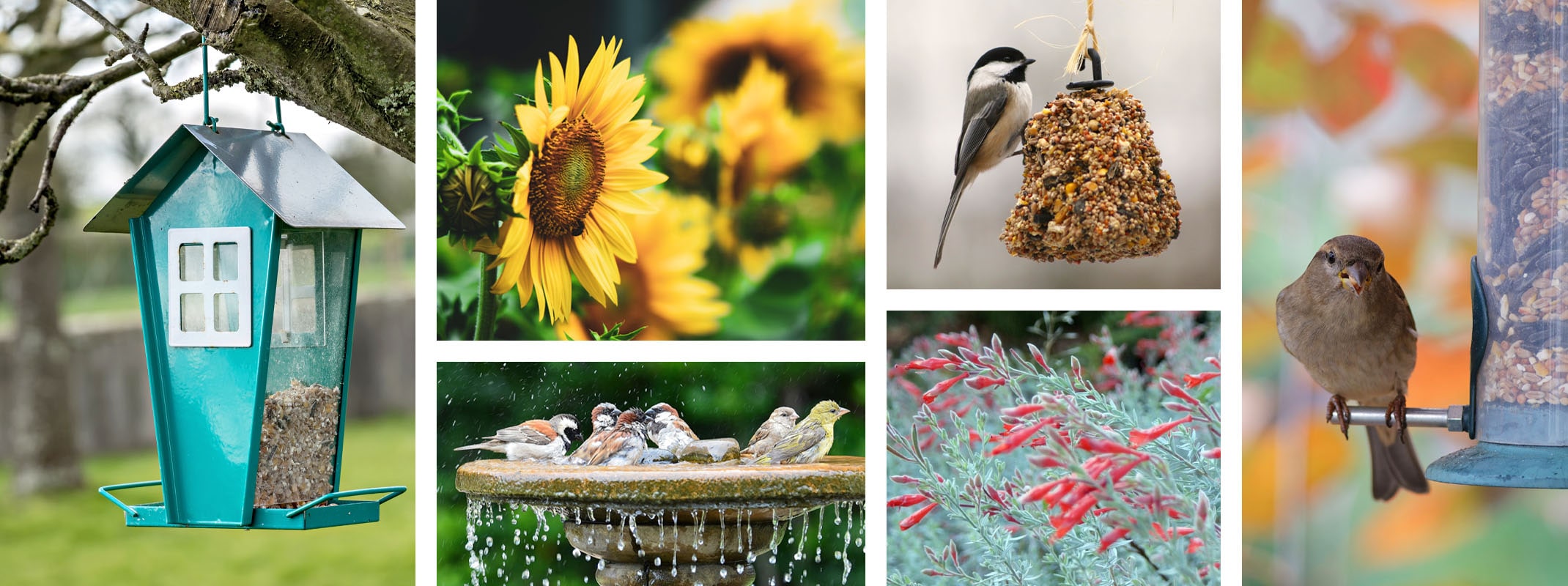
Doing It For The Birds: Create a Sanctuary For our Feathered Friends This Fall
Creating a bird sanctuary in your Bay Area garden is a rewarding way to support local bird populations, especially as many species prepare for migration or need extra sustenance during the fall season. September is an ideal time to enhance your garden's bird-friendly features. Here are some tips and plant recommendations to help birds thrive in your garden:
1. Provide Water Sources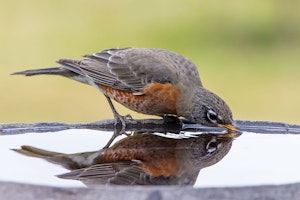
Bird Baths: As water sources become scarcer during dry September days, placing bird baths in your garden can attract a variety of species. Make sure to clean and refresh the water regularly to prevent bacteria and algae buildup. Adding a small dripper or bubbler can enhance the appeal of the water.
Shallow Ponds: For a more natural option, consider creating a shallow pond with stones for birds to perch on while they drink and bathe.
2. Plant Native and Bird-Friendly Plants
Native plants not only provide food but also offer shelter and nesting sites for birds. Choose plants that produce berries, seeds, and nectar to attract a wide variety of species.
Berry-Producing Plants:
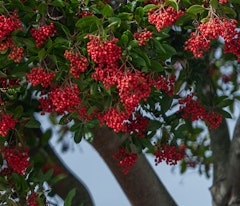
Toyon (Heteromeles arbutifolia): This California native is a fall favorite for birds, producing bright red berries that are a food source for species like robins and cedar waxwings.
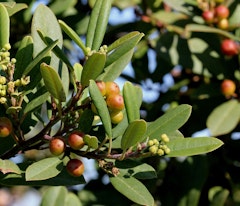
Coffeeberry (Frangula californica): Another excellent choice, coffeeberry provides food and cover for birds while attracting insects for insectivores.
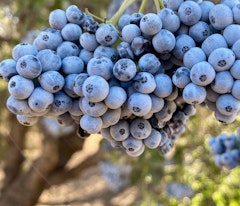
Elderberry (Sambucus mexicana): Its berries attract birds like orioles and tanagers, making it an essential part of a bird-friendly garden.
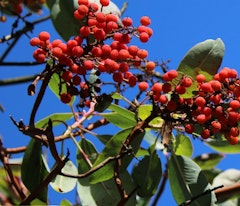
Madrone (Arbutus Menziesii): This large tree produces berries that are a preferred food source for native Band-Tailed Pigeons.
Seed-Bearing Plants:
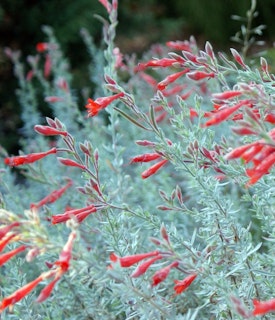
California Fuchsia (Epilobium canum): The bright red tubular flowers attract hummingbirds while providing late-season nectar.
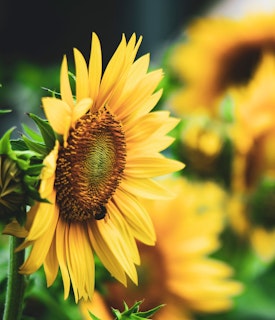
Sunflowers (Helianthus annuus): Leave the seed heads on your sunflowers after they bloom to provide a natural food source for finches, sparrows, and chickadees.
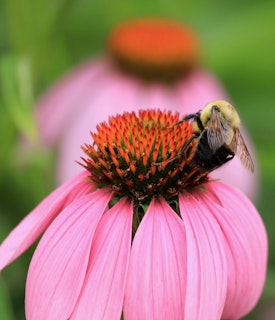
Coneflowers (Echinacea spp.): These provide both nectar and seeds for birds to enjoy in the late season.
Shrubs for Shelter:

Manzanita (Arctostaphylos spp.): These evergreens provide year-round shelter for birds and nectar for hummingbirds.
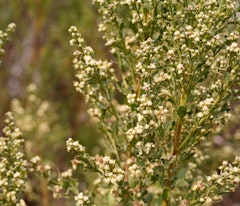
Coyote Bush (Baccharis pilularis): This drought-tolerant plant offers cover and food for birds, especially in low-water gardens.
3. Leave Some Leaf Litter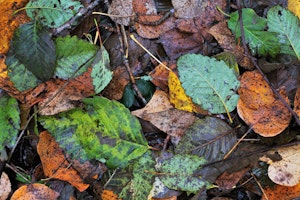
Birds like sparrows, towhees, and thrushes forage on the ground for insects hidden in leaf litter. Avoid over-raking your garden to create a natural feeding area for these birds. Decomposing leaves also improve soil quality.
4. Install Bird Feeders and Nesting Boxes
Feeders: While natural food sources are key, supplemental feeders can help birds transition through the seasons. Seed feeders filled with black oil sunflower seeds, millet, and nyjer are great options for a variety of species. 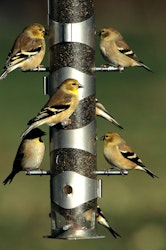
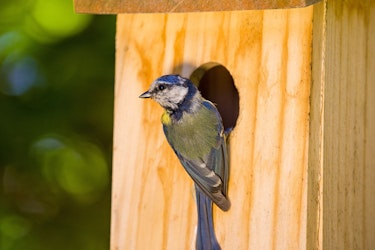
Nyjer Thistle Feeders: These feeders and socks are specifically for goldfinches. Winter flocks of goldfinches typically arrive in late October, sometimes in groups of 40 or more. Hanging a few goldfinch socks filled with nyjer seed around your yard can be an entertaining and simple way to enrich your garden during the winter months.
Nesting Boxes/Birdhouses: Now is a good time to clean out your birdhouses in preparation for early spring nesting. Be sure they are well-positioned and safe from predators.
Audubon Park Bird Food available at SummerWinds - Learn More
5. Feeder Hygiene
Keeping your bird feeders clean is crucial for minimizing the spread of diseases. Wipe down exterior surfaces and perches with sanitizing wipes whenever you refill the feeders. Any old (more than two weeks) or wet/moldy food should be disposed of. Goldfinch socks can be emptied and washed with your laundry. Hummingbird feeders should be disassembled and washed every two weeks with dish soap, similar to washing your dinner dishes. Learn More
6. Minimize Pesticide Use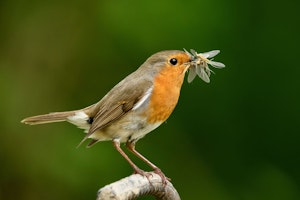
Birds rely on insects as a primary food source, especially during migration and the breeding season. Reducing or eliminating pesticide use ensures a healthy supply of insects in your garden, providing food for insect-eating birds like warblers and flycatchers.
7. Create Layers in the Garden
A bird-friendly garden should have a variety of vertical layers—trees, shrubs, and ground cover. This mimics natural habitats and offers different species their preferred shelter and foraging spots. Planting trees like oaks or willows alongside native shrubs and flowering perennials creates a rich ecosystem for birds.
8. Consider Bird-Friendly Structures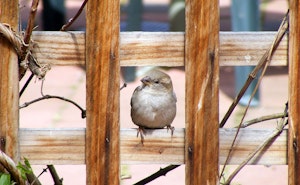
Installing features like trellises or pergolas covered in vines like honeysuckle or trumpet vine can provide additional perching spots for birds while enhancing your garden’s appeal.
9. September Care: Prepare for Fall Migration
As some bird species prepare to migrate south for the winter, offering high-energy food sources, like suet or fatty seeds, can help them on their journey. Regularly clean feeders and provide fresh water to ensure a healthy, attractive stopover for these travelers.
10. Keep Cats Indoors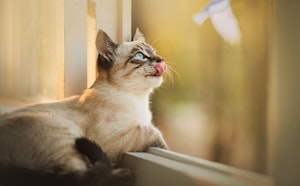
To truly create a bird-friendly yard, it's crucial to keep cats indoors. Cats are natural predators of birds, and their presence can significantly reduce the bird population in your garden. You can have a bird-friendly yard or a cat-friendly yard, but it’s challenging to have both. Keeping cats indoors protects your local bird population and contributes to a thriving bird sanctuary.
By creating a bird sanctuary in your Bay Area garden, you can support local and migratory bird populations while enjoying the beauty and serenity they bring to your space. September is the perfect time to enhance your garden's bird-friendly features by planting native plants, providing water, reducing pesticide use, and ensuring good feeder hygiene. The result is a balanced ecosystem where birds can thrive year-round.

